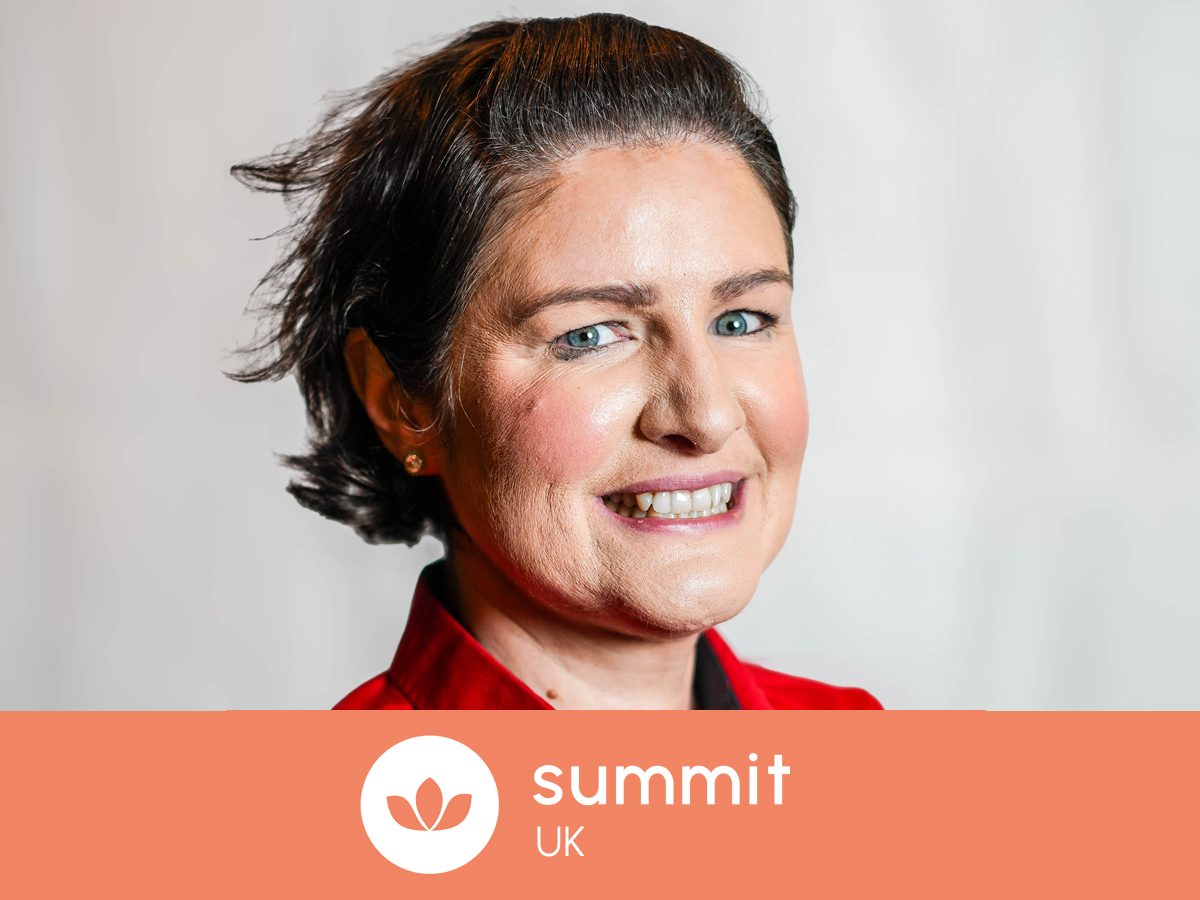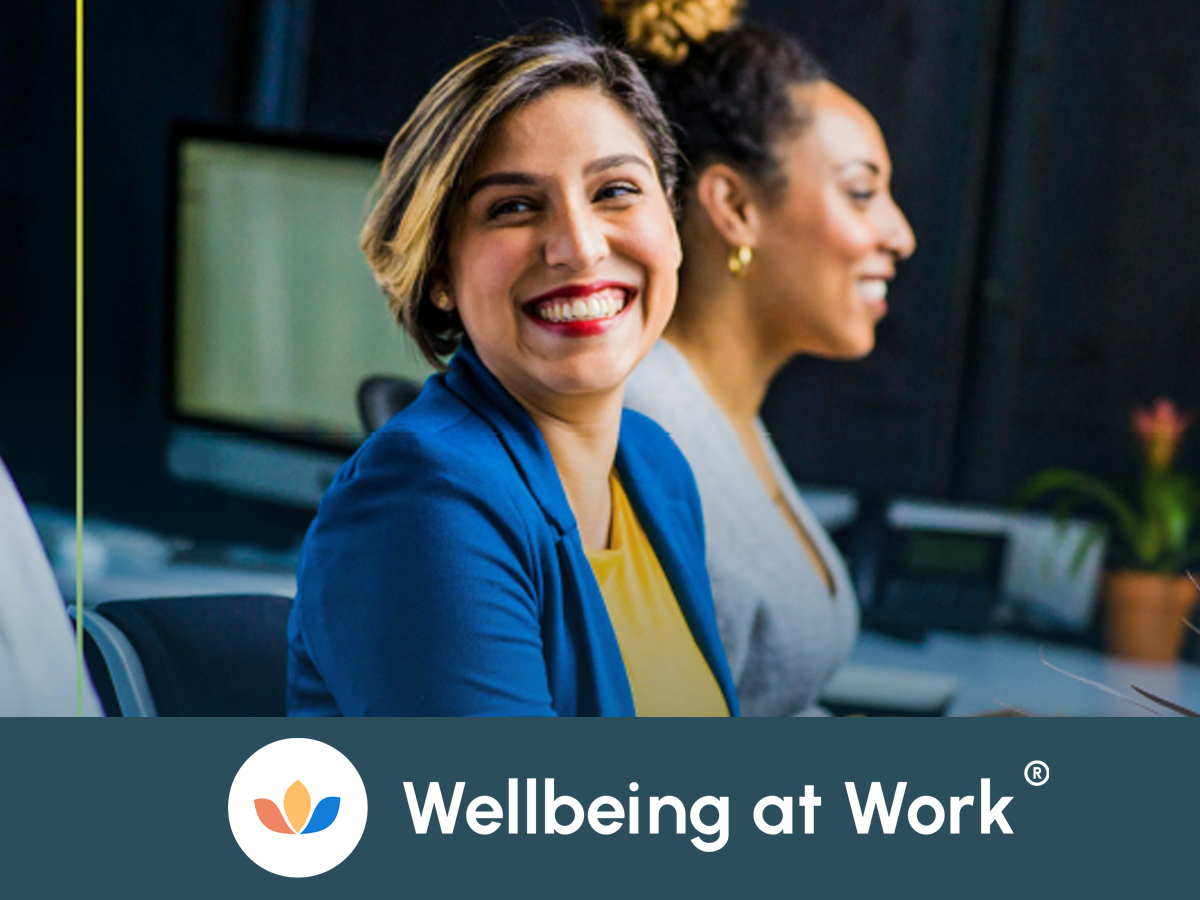
We are delighted to announce that Alban Jacquin, VP Diversity, Equity, Inclusion & Well-Being, Schneider Electric will be speaking in New York this March as part of our Wellbeing at Work Summit US.
We caught up with him to find out how he’s feeling in the run up to the summit.
Hi Alban, we are thrilled you will be speaking at our Wellbeing at Work US Summit in March. Our first and most important question is, how are you doing today?
I am an 8 out of 10! Thanks for asking.
As a leader based in the region, what are the main challenges you are facing when it comes to employee wellbeing?
My role is global so I would answer not only for the US but for Schneider Globally:
- Challenge #1 is what I call Care by design = how do we put well-being not only as an HR program but really hardwired in the way we work: Rethinking work in essence
- Challenge #2 is measurement: how do we measure the state of well-being of the organization, but also prevent the risk
What strategies have you seen developing over the past 6 months, both internally and externally, that is moving the dial on wellbeing in the workplace?
I have the dual responsibility of well-being and Diversity, equity and inclusion in the organization. At Schneider Electric we call that Inclusion and Care.
The first thing we started was resetting the narrative: there is no well-being without inclusion. This included:
- A learning going out to all employees about the mindset
- The instauration of well-being check-ins at the beginning of every meeting to foster belonging and psychological safety
Secondly, we started back measuring well-being in our employee listening survey.
Thirdly, we have reset our strategy: broadened it to cover financial and environmental well-being + incorporating ways of working/ collaboration + psycho-social risks.
Why is employee wellbeing so important to you personally?
I can give you a corporate answer: employees who belong are 3.5 to 6 times more engaged, likely to stay…. Which is true and good to build the business case for leadership. But my internal motivation is that I have always been my whole self at work. I do not know any other ways and I reckon it is the way people give their best.
After my divorce, I discovered the path to yoga and mindfulness. And although it does not qualify one to do the job, it has been one of my personal motivations. Help people find ways to their job with a sense of purpose and if possible, equanimity in the chaos and stress of corporate life.
I want people to be who they want to be at work, give all that they are willing to. My responsibility is to create the environment for people to be treated with respect, and feel safe and valued to contribute their best. It means managers that coach and care, and processes built to support a caring and fulfilling environment.
What are you most looking forward to about the Summit in March?
I’m really looking forward to getting inspired by peers’ innovations, experiences and stories, as well as learning about the latest trends.
Tell us, what is your vision for the future workplace, in terms of engagement, health and wellbeing?
The workplace of the future for me is one where inclusion and care are by design hardwired in the flow of work. I think it will be supported by AI to anticipate the way you can work more efficiently: supporting your workload, supporting your breaks, your development, how leaders manage their teams
What areas do you think employers should be focused on over the next 12 months?
Employers need to rethink the way work is organized: hybrid and its efficiency and potential bias, organizational design. They should think about ways to measure not only the state of well-being of employees but also the prevention of risks. It’s really important to tell stories through the voice of both leaders and employees, highlighting vulnerability.
How has your organization been leading the way?
I would not say we are leading the way. What we are doing is:
- Measuring employees’ perception of their well-being globally, followed with action plans
- Building the right system of care involving not only HR but also health and safety, supply chain and other key functions like rewards.
- Educating our employees with digital offers for desk and shop floor employees as well as local events
Alban will be speaking in New York at the Wellbeing at Work Summit US which takes place both live and in-person in New York and Silicon Valley, and virtually for the wider region. Further details on the Summit can be found here.



